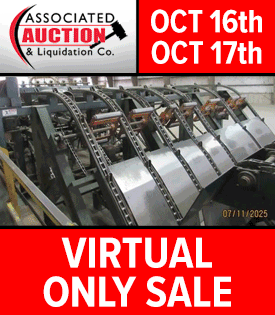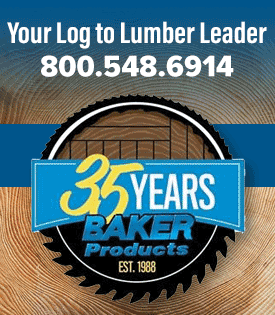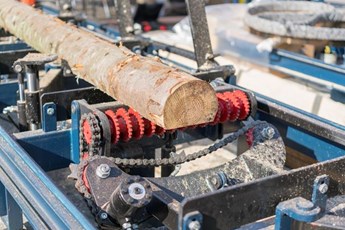How-to-Choose-a-Portable-Sawmill

It’s easier to decide you need a sawmill than it is to make good choices about the mill you eventually buy. Ask me. I almost made the common choice of going non-hydraulic when I bought my first Wood-Mizer.
Actually my first mill was an old “portable” circle sawmill a friend had stored “out behind the barn.” It didn’t take long operating it to realize portable band sawmilling was clearly the superior option for me.
Today, about five million or more board feet later, I’ve learned a little about what you should and should not consider when choosing a sawmill.
I started with that old circle mill because it didn’t cost me anything beyond milling a few boards in trade but for most of us, cost is important once the decision to purchase is made. But don’t make the mistake of thinking cost is all-important. I’ve seen plenty of my fellow sawmill owners regret the emphasis they put on the initial cost of their mill without considering other things that are just as important over the long term.
An important question to ask before signing on the dotted line is, “What do I intend to use this mill for and, beyond that, what am I likely to use this mill for?”
Research done at Auburn University a few years ago showed me some important things anyone looking to buy a sawmill should consider. The study found, for example, that nearly half of the people buying a portable sawmill were replacing another mill because, “My previous sawmill had limited production capacity and I needed a more productive sawmill.” Another important finding of the study was that nearly 1 out of 3 mill owners might have intended to use their mill mostly for hobby use but, by the time they’d had the mill for awhile they ended up earning all or part of their income with the machine. It’s inevitable. Start milling a few sticks for your own use and pretty soon people will start showing up and asking, “Hey, can you do that for me?”
It’s been my observation that whether you are buying a portable mill strictly for hobby use or, to earn all or a part of your living, you are almost sure to find you end up using the mill a lot more often and for milling a wider variety of lumber, timber, and other products than you imagined when you first decided you wanted a mill. My advice is, you’ll almost never go wrong buying a little more mill than you think you need but you will certainly regret not buying enough mill.
Do some thinking about the type of product you intend to mill.
If you intend to make a full or part-time living with your portable sawmill you will definitely need a mill with full hydraulics to be successful. On the other hand if you’re going to be milling long length boards or timber for your own contracting company you may be more concerned with easily cutting long lengths. You might not need hydraulics and want to focus on something like an LT15 that can easily be extended using bed extensions.
Another element to consider is cost and production over the long term instead of the short.
When I began to mill, I quickly learned that if I wanted to make good wages from portable sawmilling I needed to have high production and charge by the board foot instead of by the hour. With my LT70 and EG200 twin blade edger I usually average $200+ per hour charging 35 - 40 cents per board foot. I could never charge that much an hour to custom sawmill but because I have the right equipment (especially an edger) and charge for production, not by the hour, I have been financially successful. In my 15 years of portable sawmilling, I have never had my Wood-Mizer not carry its own weight in a month, even when making payments on it.
Last, reliability and service are all important.
I remember looking at other, and often cheaper, brands when I was looking for my first thin-kerf portable sawmill. I ended up buying a Wood-Mizer and now many years down the road I am so thankful I made the decision to spend a little more for a higher quality machine; and especially for the legendary customer support that comes with every Wood-Mizer.
My LT70 is currently 7 years old. It has a remote station and many electrically controlled features. Combine staying outdoors year round in the rainy Pacific Northwest, along with the sawdust, dirt, and dust every operation will have and you will eventually need to do some maintenance on your machine no matter how much you try to baby your mill.
My mill is way out of warranty but I still have free access to Wood-Mizer’s troubleshooting service. One phone call and a person that can walk you through a problem to a solution is available. Believe me, having an expert to help you use a voltmeter to figure out wiring issues when you truly do not understand wiring and electronics is HUGE! The troubleshooters know you are stressed and broke down. They are experts at walking someone like me through the diagnostics needed to fix problems both mechanical and electric.
You get what you pay for in the sawmill world but by considering your sawmill purchase carefully you can help make sure you are getting what you need to be successful over the many years your machine will serve you.
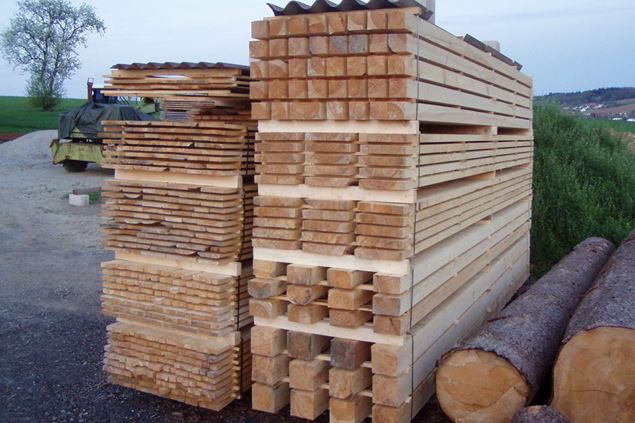
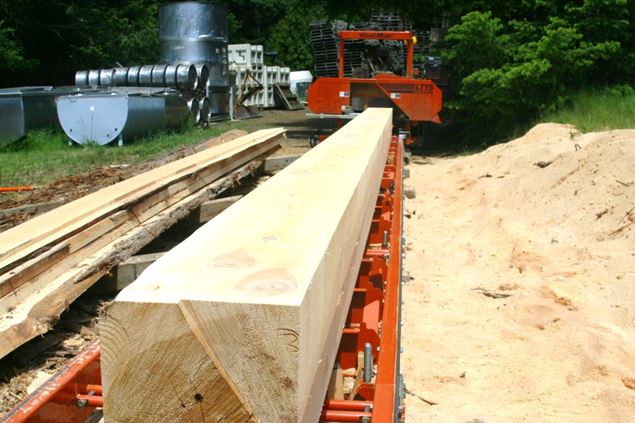
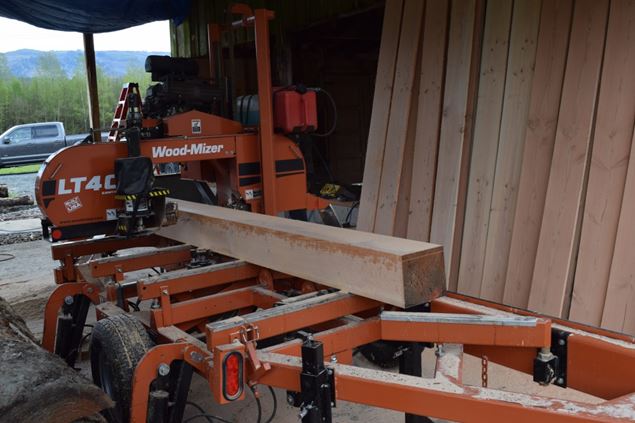
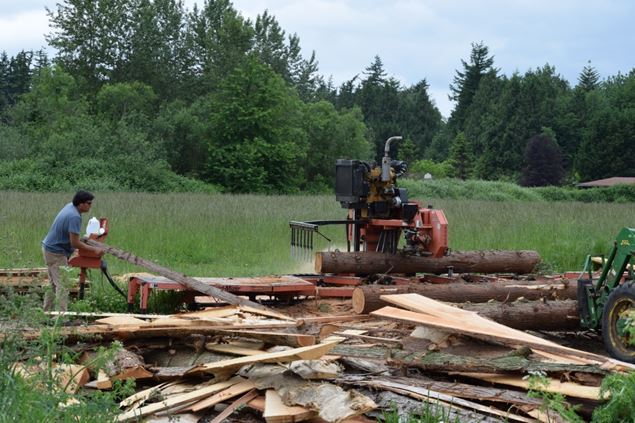

800-553-0182
800-553-0182
Since 1982, Wood-Mizer has become the world’s largest manufacturer of portable band sawmills with tens of thousands of bandmills sold. Today, Wood-Mizer offers portable & industrial sawmills, resaws, edgers, kilns, log splitters, bandsaw blades and blade maintenance equipment for woodworking hobbyists and forestry professionals all over the world.
